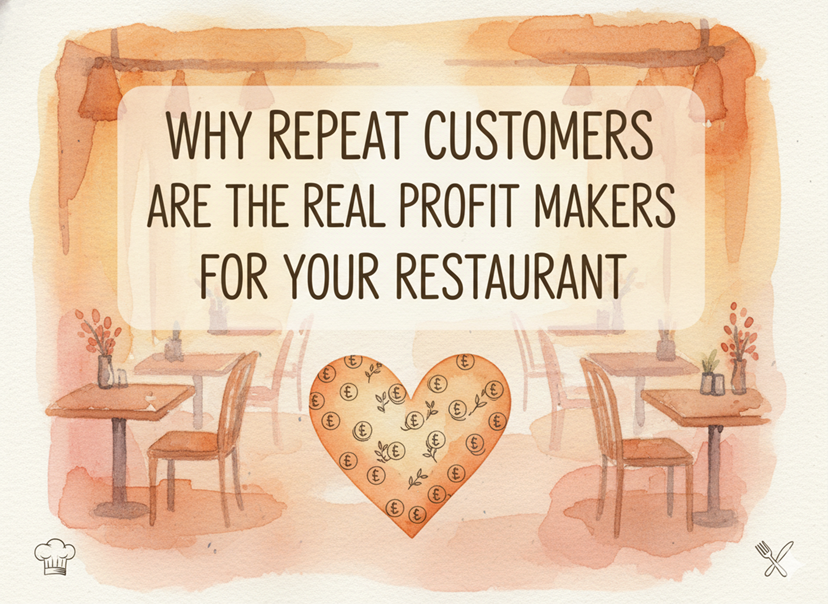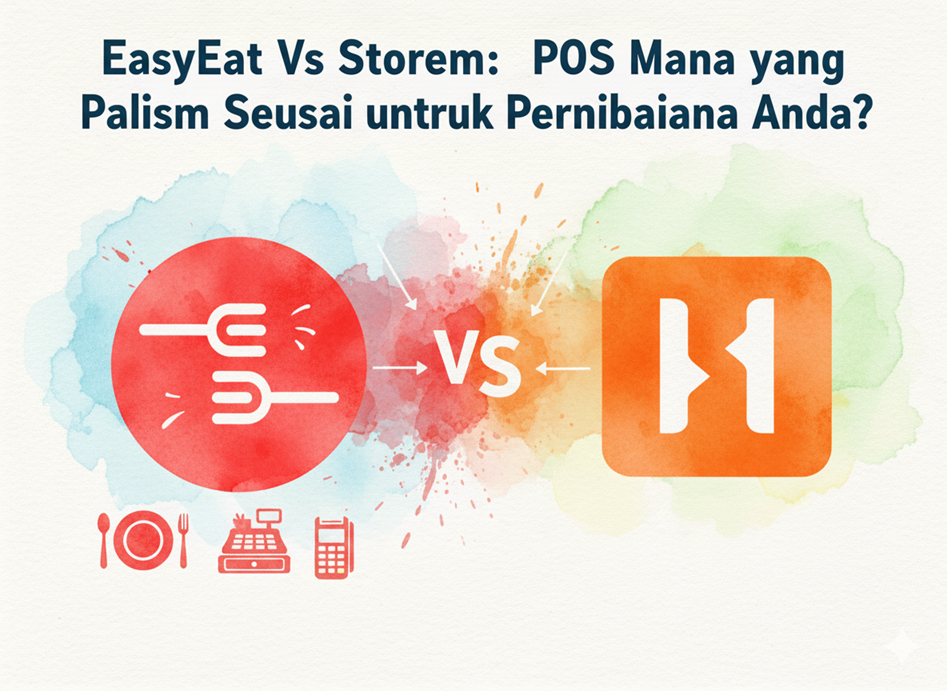Efficient inventory management is the most important thing to ensure that cloud kitchens function efficiently. High inventory costs can eat into profits and jeopardize sustainability. However, by tracking specific metrics, you can gain insights to optimize inventory management effectively. This blog will help you in controlling costs. 5 important metrics have been discussed that will help you in identifying all the areas of improvement. Read more to enlighten yourself.
Cost of Goods Sold Percentage
The cost of goods sold is calculated by dividing the total cost of goods sold by total revenue and when you multiply it by 100 you get the percentage. The point of doing this calculation is to understand where you need to work when it comes to cost management. A stable or decreasing percentage indicates efficiency. Analyze the data to work on pricing and purchasing strategies accordingly.
Inventory Turnover Rate
This is calculated by dividing the cost of goods sold by the average inventory value. A higher turnover rate shows that the inventory is moving out of the shelves swiftly and you would want to replenish it soon. To boost the turnover rate consider negotiating favorable supplier terms and optimize favorable menu offerings.
Order Accuracy
Accurate order processing is important. Discrepancies between actual inventory and sales data can lead to overstocking or understocking. This will lead to ingredient wastage or missed sales opportunities. Regular inventory checkups and training of the staff will reduce these errors.
Food Waste Percentage
Calculate this by dividing the total food wasted by the total cost of food sold and multiplying it by 100. If the percentage is high then you need to consider making some changes in the operations. Make sure to keep this minimum to avoid going bankrupt.
Supplier Performance Metrics
Supplier performance directly impacts inventory costs. Assess factors like delivery time, pricing, and product quality. Collaborating closely with suppliers to negotiate favorable terms, consolidate orders, and establish consistent delivery schedules optimizes procurement. Regular contract reviews and competitive bidding ensure cost-effectiveness.
Tracking these five key metrics empowers cloud kitchen operators to gain visibility into inventory costs and make informed decisions. By implementing robust inventory management practices and monitoring these metrics regularly, operators can achieve cost savings, enhance operational efficiency, and boost profitability.By adhering to these strategies and continuously refining inventory management practices, cloud kitchens can navigate the challenges of high inventory costs and thrive in the competitive food industry landscape.




